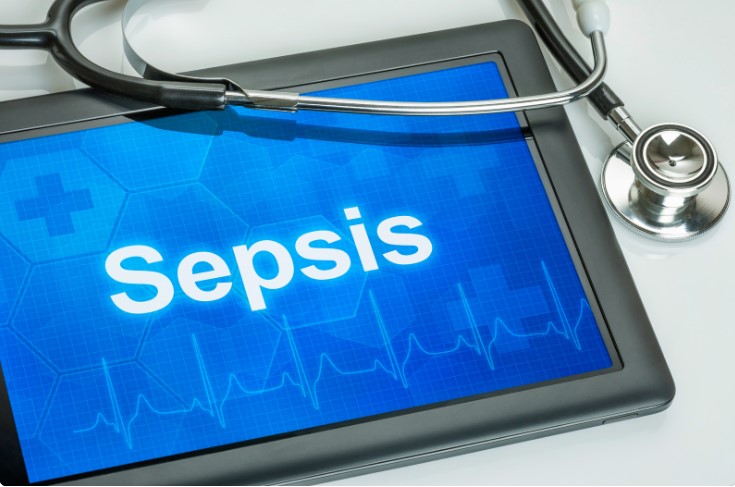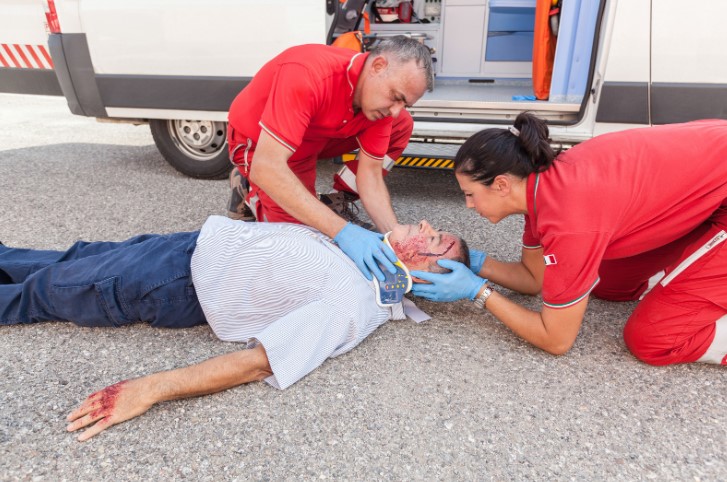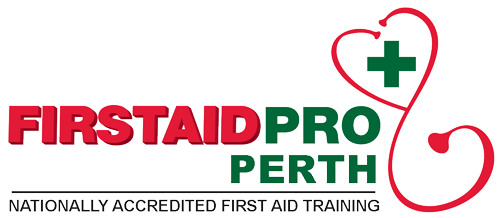While stroke can occur at any time of the year, studies have shown that it is more common during the winter season.
The cold temperatures and specific environmental factors that accompany winter contribute to an increased risk of stroke for certain individuals.
Understanding why stroke is more prevalent during this time can help raise awareness and prompt necessary precautions.
In this blog, we will explore the various reasons behind the heightened occurrence of stroke during winter, highlighting the impact of weather conditions, lifestyle changes, and underlying health factors.
By recognising these factors, you can take proactive steps to minimise your risk and prioritise your well-being during the winter months.
How Weather Plays A Role
A study published in Germany revealed that those with pre-existing cardiovascular risk have increased chances of having a stroke in cold weather.
There is no exact evidence on why this happens, but there are several theories from experts. Some believe that the constriction of blood vessels in the cold can cause the blood to spike, which leads to a higher chance of stroke. While others believe that it is due to the increased risk of blood clots in extreme weather.
Whatever the main cause may be, there are also other factors associated with stroke during the winter season. These include:
- Many people eat more and moving less
- High stress from home and work
- Seasonal depression
- Existing heart condition
- Stroke history
Therefore, it is important that people who have a history of stroke to have extra precautions. Especially when there are extreme changes in the weather.
What Are The Stroke Symptoms?
The signs and symptoms of stroke can help you recognise an attack before it strikes. In that way, you can see your doctor for immediate medical treatment before it gets worse.
Some of the most common symptoms of a stroke are:
- Headaches
- Slurred speech or trouble understanding one
- Numbness in the face, legs, shoulders, and one part/side of the body
- Paralysis
- Blurred vision or vision loss
- Nausea and vomiting
Regular medical check-ups are critical in recognising stroke symptoms before they become devastating.
How To Prevent Stroke During Winter?
There are plenty of ways to decrease stroke risks. These include:
Get Active
Participate in a 30-minute activity every day. Consult with your doctor to know what exercises would be best for you.
Eat Healthy
Eating healthy may sometimes means consuming less sodium. Use less salt with your foods and try to stick with unprocessed food.
Consume a diet full of fruits, vegetables, and lean protein. Eat foods with heart-healthy fats and fiber-rich whole grains.
Know Your Numbers
Do regular monitoring of your blood pressure, cholesterol levels, and triglyceride numbers. Talk to your GP about what the numbers mean. They will recommend the best ways to manage them.
Avoid Vices
Limit your alcohol intake. Drinking too much alcohol can trigger hypertension, which is a major stroke risk factor. Eliminate alcohol or cut down alcohol from your diet.
Avoid smoking cigarettes and tobacco products. Tobacco is also a risk factor for stroke, and it is best to not use it.
Maintain A Healthy BMI
Being overweight or obese can increase your chance of developing several health problems, including stroke. Know your body mass index (BMI) and assess the numbers with your doctor.
Take Away
A stroke is a medical emergency that requires prompt treatment. If left untreated, symptoms can slowly develop into serious chronic diseases. It can lead to brain damage, long-term disability, and worse, death. Apply preventative measures mentioned above to lower your risk of stroke.
If you have questions about your stroke risk, it Is best to contact your doctor. You can also enroll in a First Aid Training course to learn how to respond to a stroke emergency.
Visit the First Aid Course Canberra for more details.








